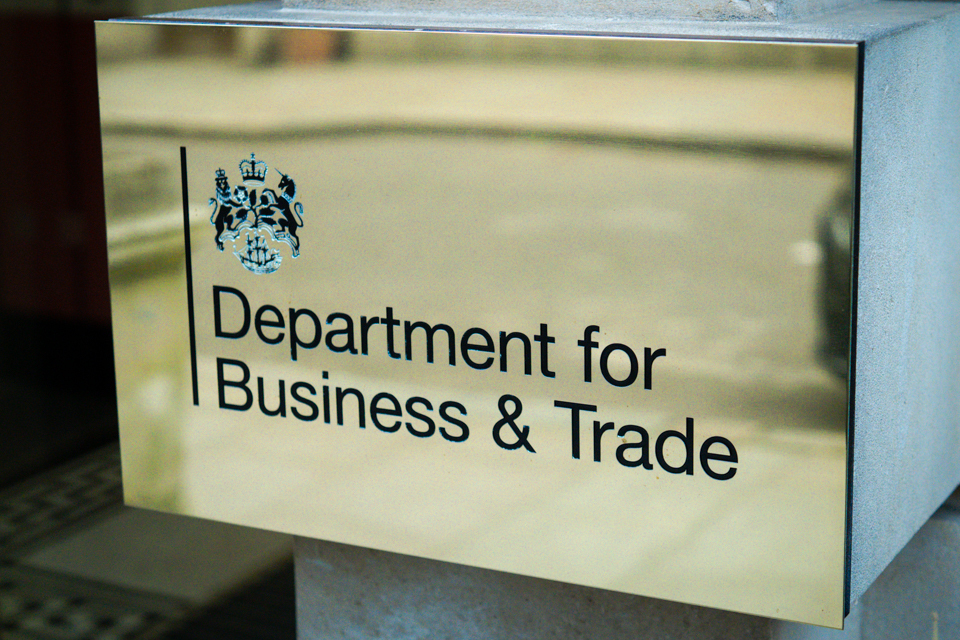Will new battery-powered trains replace diesel, and are they safe?

Experts in lithium batteries say that, when used in road vehicles, EV batteries are at least 20 times less likely to catch fire than diesel or petrol cars.
Hitachi’s train uses Nissan Leaf cells, which have been involved in 16 fires in the 14 years they have been used in road vehicles, according to EV Fire Safe, which gathers data on battery fires around the world. This is out of more than 500,000 cells that have been sold worldwide.
“Managed properly, lithium batteries are very safe,” says Jon Simpson, a former firefighter turned fire safety consultant.
But when lithium batteries are corrupted, they can experience thermal runaway – meaning a cell undergoes uncontrollable temperature rises, making a fire hard to control and extinguish.
The kind of “catastrophic event” that could cause something like this would be a crash or a derailment in which a cell is damaged, says Jon Hughes, managing director of UK Fire Training.
But Euan McTurk, a consultant battery electrochemist, says Nissan Leaf cells are “far more robust than people give them credit for”.
For them to catch fire, he says “it would take some spectacular lancing of the actual cells themselves, which would mean going through a very strong external structure”.
Part of Hitachi’s testing was to deliberately destabilise a cell, including piercing it and overheating it, says Chris Dautel, senior electrical engineer at the manufacturer.
He adds that Hitachi has placed a heat shield around each cell to prevent the issue spreading to other cells, meaning “no danger to passengers in [a] case of thermal runaway”.
The train is also fitted with a cooling unit on the roof to regulate the batteries’ temperature, and the company has developed software that monitors and regulates the cells.
The urgent response to a lithium battery fire is to flood the cell with as much water as possible to cool it down, says fire safety consultant Mr Simpson, which may not be viable depending on where the fire occurs.
“Tunnels are probably the riskiest area in a rail environment,” says Graham Kenyon, an electrical engineering consultant. “If you get a fire, probably the worst things to deal with when you’re evacuating people are smoke and fumes, vapours, gases that are toxic.”
In some cases, it is safer for the fire brigade to leave the battery to burn itself out. But leaving a train on the track could pose a major disruption.
Dautel says that a carriage with a battery fire could still be moved out of the way, even while burning, such was the effectiveness of the fire barrier around the cells.
“In the case of incidents, we would evacuate the passengers, but they wouldn’t see anything,” he says.
As each unit operates independently, he adds, the train would still be able to move itself using batteries on other carriages – or be pulled by another train.
Related
Why investing in women is a vital next step for…
Get Nadine White's Race Report newsletter for a fresh perspective on the week's newsGet our free newsletter from The Independent's Race CorrespondentGet our fre
Business secretary signals major shift on electric car policy to…
In a determined effort to retain Nissan’s manufacturing presence in Britain, Business Secretary Jonathan Reynolds has vowed to implement “substantial c
Joint Statement: Business Secretary and Fujitsu Services Ltd
Business and Trade Secretary Jonathan Reynolds today (Friday 7 March) met chiefs for Fujitsu in Tokyo to begin talks over the cost of redress for victims of th
UK foreign secretary backs multilateral defence funding for Europe
UK foreign secretary David Lammy has said that a new multilateral fund will be needed to secure Europe’s defence as he confirmed that Britain is “open to”













